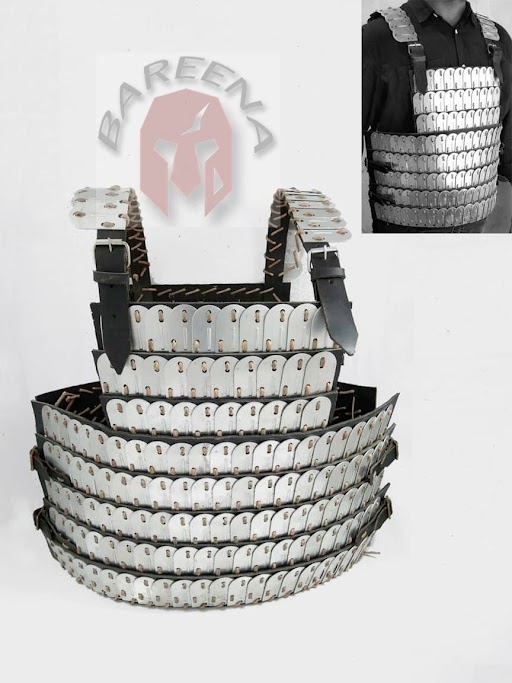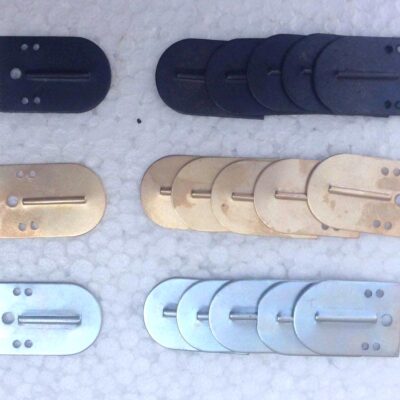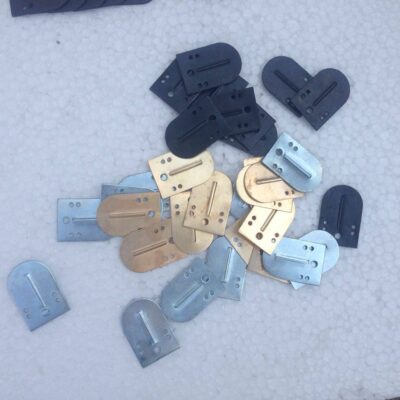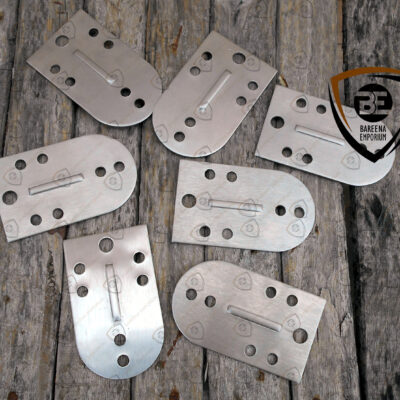BE- Lamellar
Original price was: $460.00.$410.00Current price is: $410.00.
Lamellar, a term often used in various contexts, evokes a sense of exquisite elegance and intricate structure. Whether referring to lamellar crystals in geology, lamellar bone under the microscope, or lamellar phases in materials science, the word “lamellar” carries with it a captivating beauty.
In geology, lamellar crystals are a testament to nature’s artistry. Picture the stunning, translucent layers of minerals that form intricate patterns within rocks and minerals. These layers, like the pages of a geological book, reveal the earth’s history, chronicling millions of years in their delicate striations. The interplay of colors and textures, from the vibrant hues of gemstones to the subtle gradients of sedimentary rocks, all come together to create a mesmerizing tapestry of the Earth’s past.
When viewed under the lens of a microscope, lamellar bone is a breathtaking example of biological architecture. The delicate layers of bone tissue, akin to the pages of an ancient manuscript, are a testament to the body’s ability to construct and regenerate itself. The intricate arrangement of collagen fibers and minerals forms a structural masterpiece, combining strength and flexibility with a delicate aesthetic. It’s as though nature herself is a master sculptor, crafting each layer with precision and care.
ALL PRICES ARE IN US DOLLARS
Description
The history of lamellar armor in a more narrative form:
Ancient China: The origins of lamellar armor can be traced back to ancient China during the Warring States period (475–221 BCE). Chinese warriors used this innovative form of protection, which consisted of small, overlapping metal plates or leather scales. These early lamellae offered effective defense against various types of weapons and became a staple in Chinese military equipment.
Mongol Empire: One of the most iconic uses of lamellar armor was by the Mongol warriors of the 13th century. Genghis Khan and his successors equipped their vast armies with this armor, making it an integral part of their formidable military forces. The Mongol lamellae were typically constructed from materials like leather or iron and became synonymous with the fearsome image of Mongol cavalry.
Japan: In feudal Japan, samurai and other warriors adopted their own version of lamellar armor, known as “ō-yoroi” or “dō-maru.” These armors were composed of small, lacquered metal or leather scales that were meticulously laced together with silk cords. Lamellar armor played a crucial role in protecting Japanese warriors on the battlefield for centuries.
Medieval Europe: While plate armor was more common in medieval Europe, lamellar armor did see occasional use in certain regions and time periods. Knights and warriors in Eastern Europe and the Byzantine Empire sometimes employed lamellar armor made from iron or steel plates. It offered a different approach to protection compared to the more prevalent plate armor.
Middle East: Various cultures in the Middle East, including the Persians and the Saracens, also incorporated lamellar armor into their military attire. These armors were typically fashioned from iron or steel plates and provided effective protection for warriors in the region.
Additional information
| Metal | Mild Steel, Aluminium |
|---|---|
| Size | Small- Chest Size (42"-46"), Medium- Chest Size (46"-50"), Large- Chest Size (51"-54"), X- Large- Chest Size (55"-58") |





Reviews
There are no reviews yet